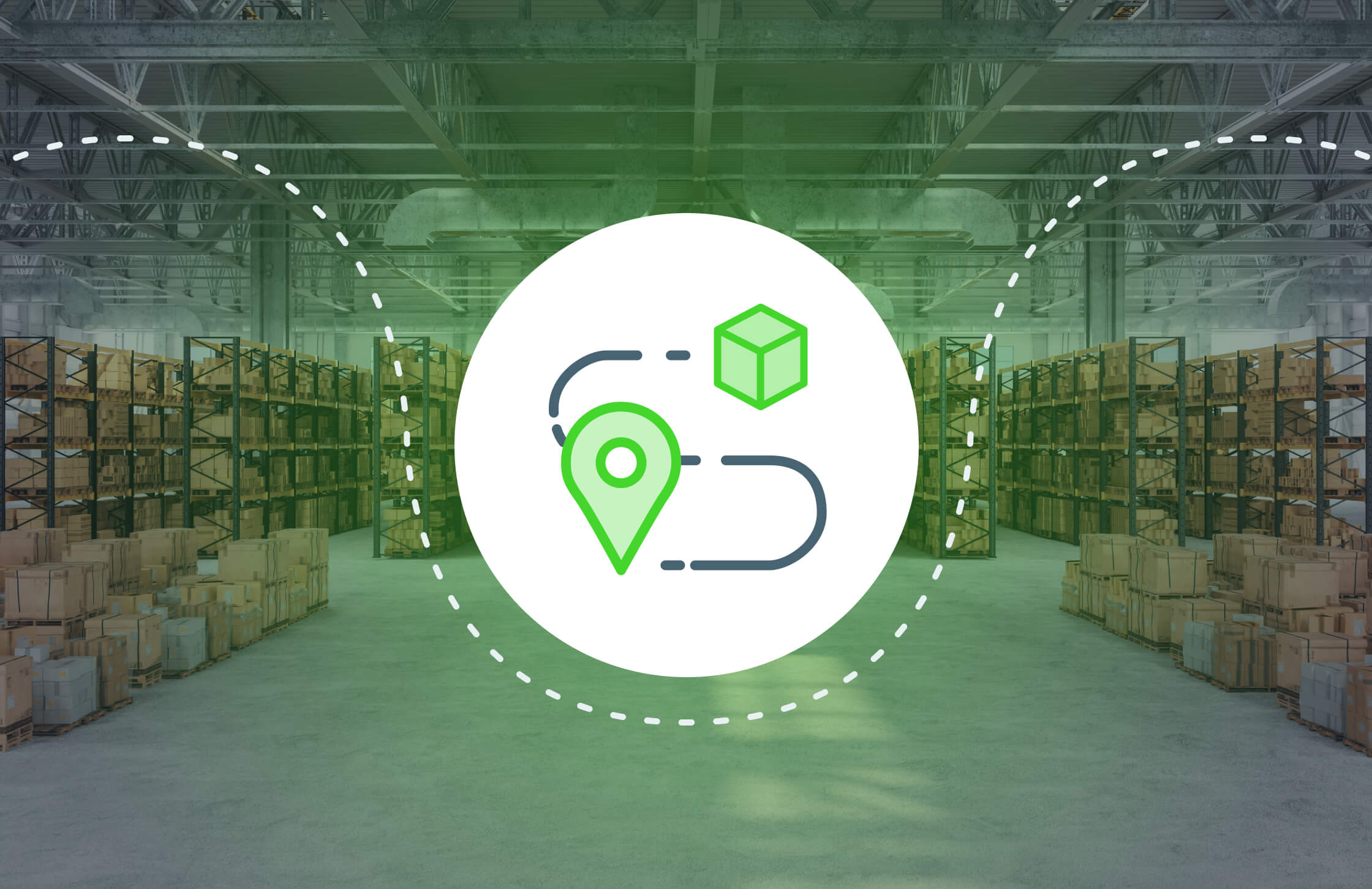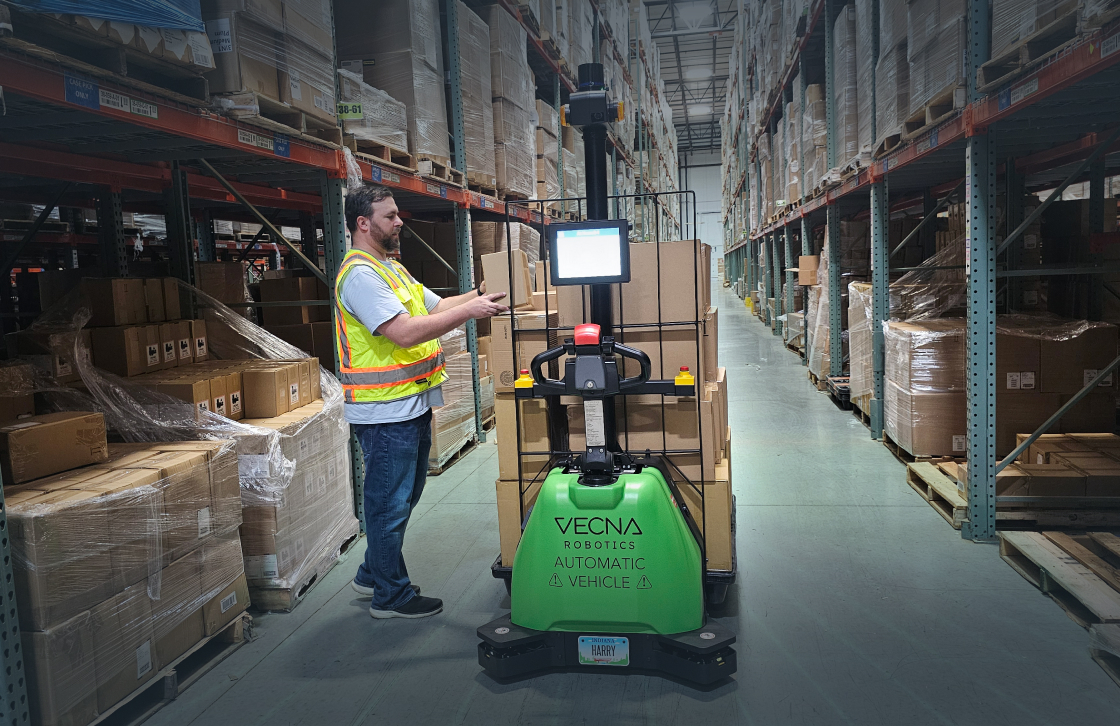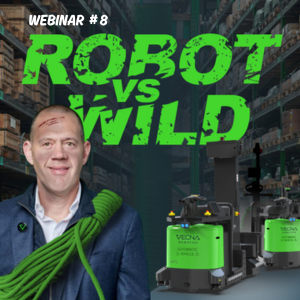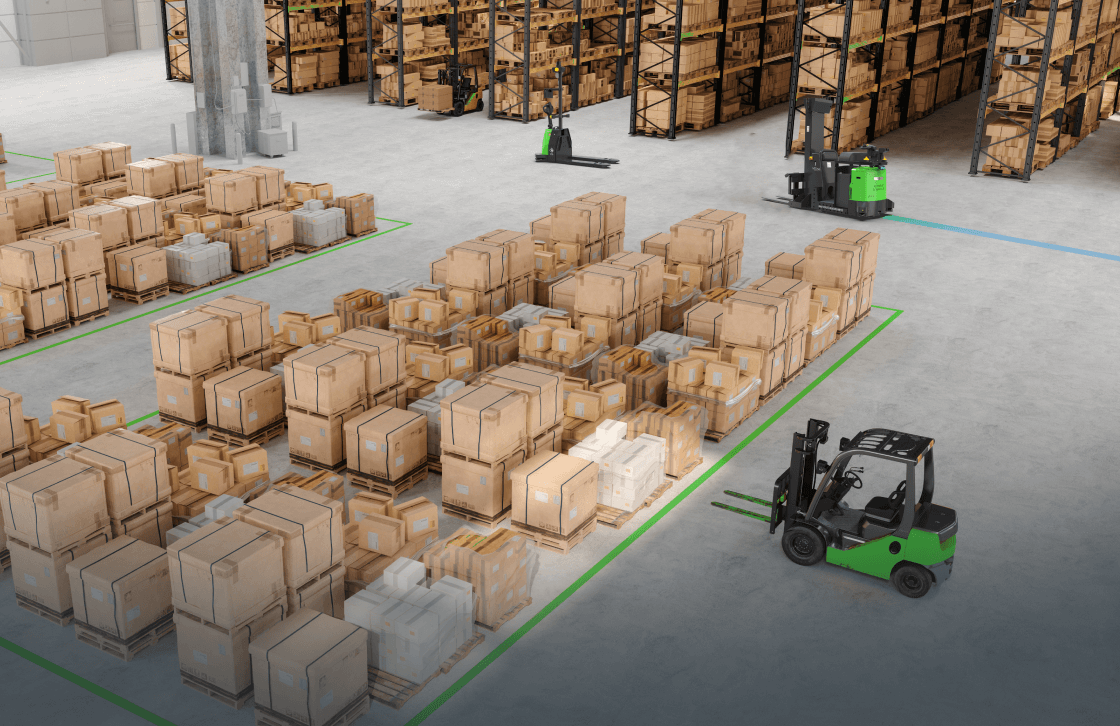Logistics is defined as the process of planning, implementing, and controlling the movement and storage of goods, services, and related information from the point of origin to the point of consumption to meet customers’ requirements. It encompasses the entire process of acquiring and delivering goods, including transportation, warehousing, inventory management, and supply chain management.
Transportation logistics includes the planning, coordination, and execution of the movement of goods. This includes the selection of the most appropriate mode of transportation, such as by truck, train, or ship, as well as the scheduling and routing of vehicles.
Warehousing and inventory management are also important aspects of logistics. Warehouses are used to store goods, and inventory management involves keeping track of the quantities of goods in stock and ensuring that they are available when needed. This includes the management of safety stock levels, reordering goods, and coordinating the flow of goods between warehouses and distribution centers.
Supply chain management is the coordination of all the activities involved in the production and delivery of goods, from the sourcing of raw materials to the delivery of finished products to customers. It involves the management of relationships with suppliers, vendors, and other partners in the supply chain, as well as the integration of logistics activities with other aspects of the business such as production, marketing, and sales.
Logistics also includes the management of information, such as tracking orders and monitoring the flow of goods through the supply chain. This includes the use of technology such as barcode scanning and radio-frequency identification (RFID) to track goods and the use of software systems to manage logistics operations.
In today’s globalized economy, logistics has become increasingly important as companies seek to optimize the movement of goods and reduce costs. Logistics providers offer a wide range of services, including transportation, warehousing, and inventory management, to help companies manage their supply chains more efficiently.
Moreover, logistics also includes the management of reverse logistics, which is the process of planning, implementing, and controlling the movement of goods from the point of consumption back to the point of origin for the purpose of recapturing value or proper disposal.
10 most important areas of logistics
Logistics is a complex and multifaceted field that encompasses a wide range of activities. Effective logistics management is crucial for the efficient movement of goods, the satisfaction of customers and the success of any business. If one had to distill logistics down to ten critical areas, here they are:
- Transportation logistics: Automation has revolutionized transportation planning, allowing for real-time route optimization based on traffic conditions, weather, and other variables. Autonomous vehicles, such as self-driving trucks and drones, are being developed to enhance delivery efficiency and reduce human error.
- Warehousing and inventory management: Automated storage and retrieval systems (AS/RS) efficiently manage inventory in warehouses. Robotic arms and conveyors streamline the movement of goods, while advanced inventory tracking systems ensure accurate stock management.
- Supply chain management: Automation enables seamless coordination of various processes in the supply chain, from demand forecasting to order fulfillment. AI algorithms analyze data to predict consumer trends, optimize production schedules, and minimize stockouts.
- Logistics information management: Technologies like barcodes, RFID tags, and IoT sensors provide real-time visibility into the location and condition of goods. Automated software systems manage orders, monitor inventory levels, and facilitate communication between stakeholders.
- Reverse logistics: Automation aids in managing returns and recycling processes efficiently. Automated sorting systems can categorize returned items, determining whether they can be resold, refurbished, or require disposal.
- Global logistics: Automation simplifies cross-border trade by automating customs declarations and compliance checks. Digital platforms facilitate real-time tracking and clearance of shipments, reducing delays and paperwork.
- Transportation and distribution: Automation optimizes loading and unloading processes in distribution centers. Robotics assist in palletizing and depalletizing goods, while autonomous guided vehicles (AGVs) move items around warehouses.
- Packaging and handling: Automated packaging systems ensure consistency and precision in packing goods for shipping. Robotics and machines streamline packaging processes while minimizing material wastage.
- Logistics network design: Automation aids in designing efficient logistics networks. AI algorithms analyze variables like demand patterns, transport costs, and facility locations to create optimized supply chain configurations.
- Sustainability and green logistics: Automation contributes to sustainability goals by optimizing transportation routes to minimize fuel consumption and emissions. Additionally, energy-efficient warehouses with automated lighting and climate control systems reduce environmental impact.
How is automation used in logistics?
Automation, as an integration of cutting-edge technologies and innovative processes, has revolutionized the logistics industry, serving as a cornerstone for its evolution in the modern era. By embracing automation, logistics businesses can significantly enhance their efficiency, leading to faster, more streamlined operations. Moreover, the consequent reduction in operational costs provides a competitive edge in an increasingly tight market. Increased accuracy, another byproduct of automation, ensures the reduction of errors which can be costly both in terms of finances and brand reputation. This transformation in logistics through automation is evident in a multitude of areas, such as advanced warehousing solutions, real-time tracking systems, AI-driven demand forecasting, and robotic handling, to name just a few. Here are some specific ways in which automation has been seamlessly integrated into logistics:
- Warehouse automation: Automated storage and retrieval systems, conveyor systems, and robotic picking and packing have transformed the warehousing industry. By adopting these technologies, businesses can reduce manual labor, improve accuracy, and significantly boost operational efficiency. These systems not only help manage vast inventories but also ensure that products move through the warehouse at a faster pace, minimizing bottlenecks. With the increasing demand for quicker order fulfillment due to the growth of e-commerce, warehouse automation has become an essential tool to remain competitive and meet consumer expectations.
- Transportation automation: The logistics industry heavily relies on transportation, making its efficiency vital. Automated scheduling and routing systems, electronic logging devices, and GPS tracking are reshaping how transportation operations function. These tools enhance fleet management by ensuring timely deliveries, optimizing routes to reduce fuel consumption, and monitoring vehicle health to minimize breakdowns. A well-automated transportation system also provides real-time updates to customers and stakeholders, building trust and improving overall service quality.
- Inventory management automation: Knowing what’s in stock, where it’s located, and when to reorder is paramount in a logistics business. Automated inventory management systems provide real-time insights into stock levels, aiding in eliminating stockouts or overstocking. These systems can auto-trigger reorder points, ensuring a consistent supply, and reducing capital tied up in excessive inventory. By having an automated system, companies can also better analyze sales trends and forecast future demands.
- Supply chain automation: The supply chain encompasses every step a product takes, from raw materials to a customer’s hands. Automated systems streamline and optimize this flow. By digitally connecting suppliers, manufacturers, warehouses, and retailers, these systems enhance transparency and collaboration. This interconnectedness helps in quicker decision-making, reduces lags in production or distribution, and ensures that customers receive products in the shortest time possible.
- Robotics: The logistics sector has welcomed robots to undertake various operations. Robots in logistics play roles in loading and unloading goods, material handling, and packaging. Their precision, speed, and ability to work tirelessly mean that operations can run around the clock, ramping up productivity. Additionally, robots reduce the risk of workplace injuries associated with heavy lifting or repetitive tasks.
- Artificial intelligence: AI has embedded itself in logistics, revolutionizing processes. AI-driven systems predict demand, optimize inventory, and help design efficient logistics networks. With the power of machine learning, these systems continuously learn and adapt to changing business landscapes, ensuring that companies are always a step ahead in their operational strategies.
- Internet of Things (IoT) devices: Real-time tracking has been a game-changer for supply chain visibility. IoT devices, including RFID tags and sensors, provide real-time updates on the location and condition of goods. These insights not only help companies monitor their shipments but also offer customers transparency, improving trust and satisfaction. Additionally, data gathered from these devices can offer valuable insights into improving supply chain efficiency.
- Automated guided vehicles (AGVs) and automated mobile robots (AMRs): These mobile units are the workhorses in modern warehouses and distribution centers. AGVs and AMRs seamlessly move materials, aid in loading and unloading, and handle picking and packing tasks. Their ability to navigate complex warehouse terrains and work in conjunction with human workers ensures that goods move efficiently and safely.
- Automated picking and packing: The era of manual picking and packing is gradually being overshadowed by automated systems. These technologies ensure that goods are picked accurately and packed securely in the shortest time possible. By minimizing human intervention, companies reduce errors, returns, and associated costs. As e-commerce continues to grow, automated picking and packing systems will be vital in meeting large order volumes.
- Automated loading and unloading: Manual loading and unloading are labor-intensive and time-consuming. Automated systems have come to the rescue, drastically reducing the time taken to load or unload trucks and containers. By doing so, they not only speed up the supply chain but also significantly reduce the costs associated with manual labor and potential injuries. The consistency and reliability of these systems also mean that goods are less likely to be damaged during the process
In the intricate dance of commerce, logistics orchestrates the journey from inception to consumption. It’s the nexus where strategy meets execution, where goods, services, and information intertwine to fulfill customer demands. From the inception to the endpoint, logistics marries planning, action, and control, orchestrating the seamless transition from origin to destination. This dynamic discipline encompasses the selection of transport modes, the guardianship of warehouses, and the vigilant tally of stock. Supply chain management breathes life into production, while technological sentinels like barcodes and RFID ensure precision and transparency.
In the global economy, logistics is the backbone of optimization, forging connections across borders and industries. As the fulcrum of movement and storage, logistics not only propels goods forward but also orchestrates their return, embracing sustainability and circularity. In essence, logistics is the maestro of modern business, ensuring harmony between aspiration and actualization.
Vecna Robotics has a wide range of solutions that are tailor-made for automating pallet handling in logistics environments. For more information about how you can get started with your logistics automation journey, go to our From No Bot to Robot page, or you can contact us today to schedule a consultation with a factory automation expert.





